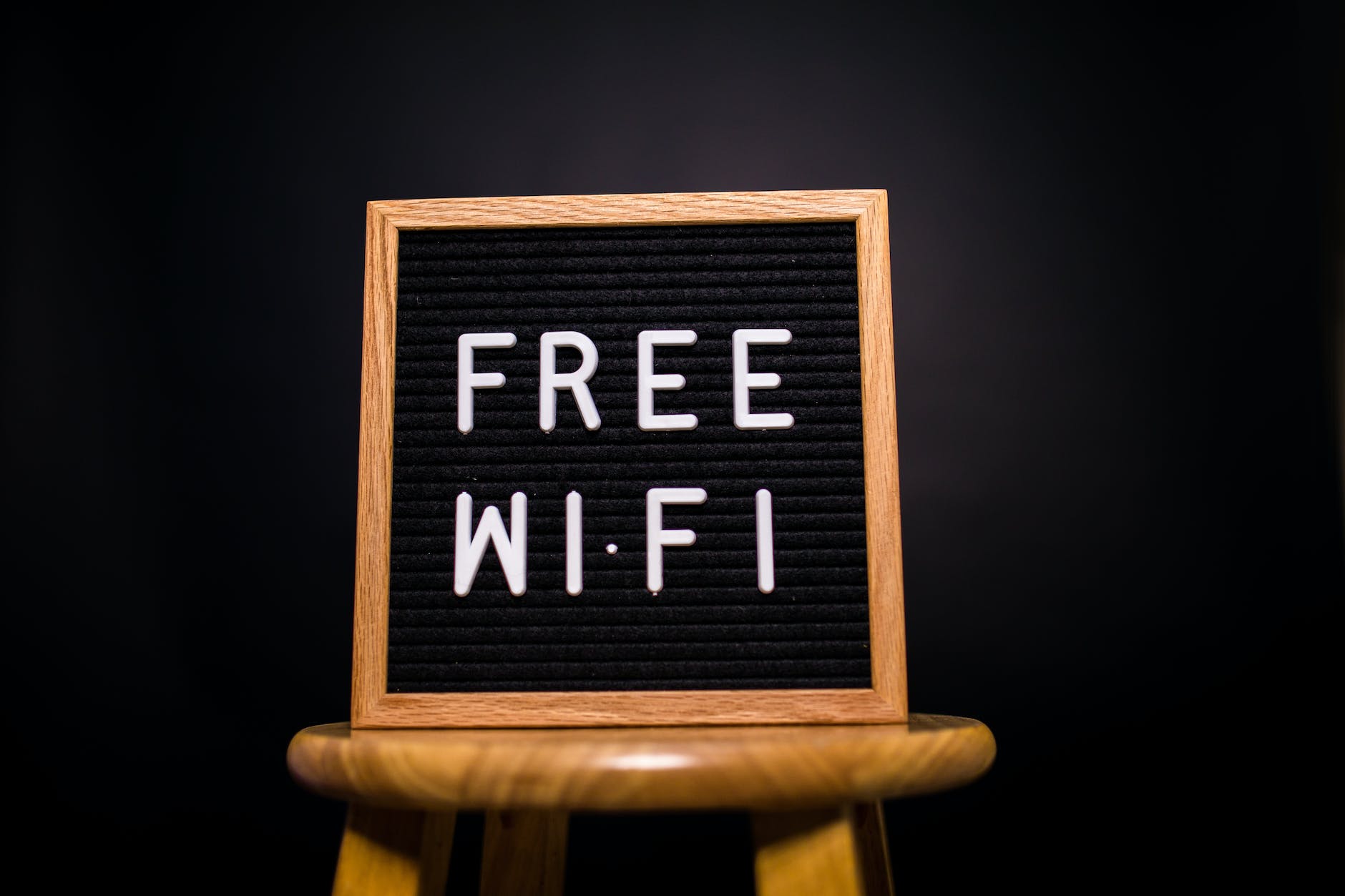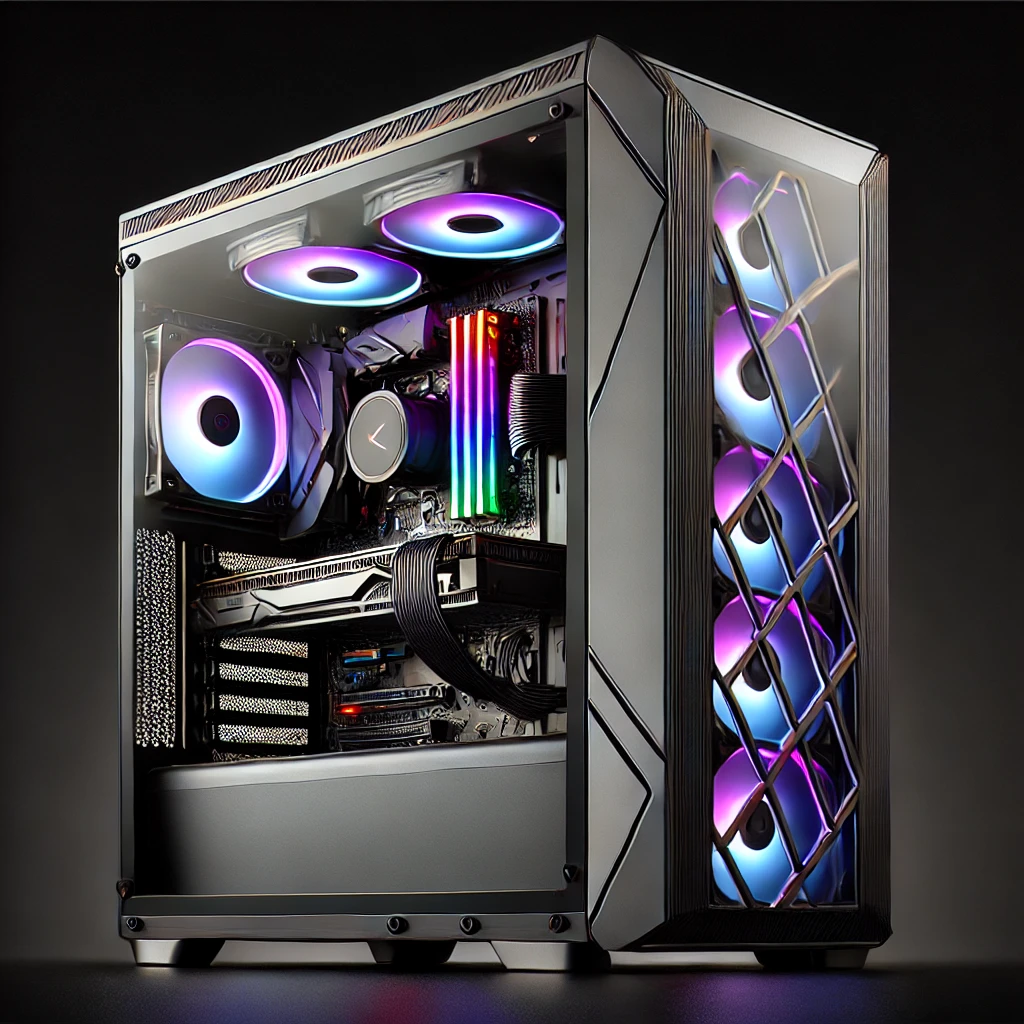Your cart is currently empty!
This Wi-Fi guide will help you find on what works best for you. Wi-Fi has become an integral part of our daily lives. From streaming movies and online gaming to remote work and video conferencing, a stable and fast Wi-Fi connection is crucial. If you’re a computer geek in Lithgow or Katoomba, NSW (and even in Bathurst), you know how important it is to understand the different types of Wi-Fi technologies available. Join us as we delve into the fascinating world of Wi-Fi guide and explore the various types that power our connected lives.
- Wi-Fi 4 (802.11n)
Wi-Fi 4, also known as 802.11n, was a significant step forward in Wi-Fi technology when it was introduced. It offered faster speeds and better range compared to its predecessors. With speeds of up to 600 Mbps, Wi-Fi 4 became the standard for many households and small businesses.
Pros:
- Improved range and speed.
- Backward compatible with older devices.
Cons:
- Slower compared to newer Wi-Fi generations.
- Limited support for multiple devices.
- Wi-Fi 5 (802.11ac)
Wi-Fi 5, or 802.11ac, was a game-changer in the world of Wi-Fi. It brought gigabit speeds, improved reliability, and support for more devices simultaneously. This made it perfect for homes and businesses with multiple connected devices.
Pros:
- Faster speeds, up to 3.5 Gbps.
- Excellent performance in crowded areas.
- Widespread device support.
Cons:
- Can be expensive to implement.
- Requires compatible devices to fully utilize its capabilities.
- Wi-Fi 6 (802.11ax)
Wi-Fi 6, also known as 802.11ax, represents the latest evolution in Wi-Fi technology. It’s designed to meet the demands of our increasingly connected world. Wi-Fi 6 offers faster speeds, improved efficiency, and better performance in congested environments.
Pros:
- Speeds of up to 9.6 Gbps.
- Better performance in crowded areas.
- Improved power efficiency for connected devices.
Cons:
- Requires Wi-Fi 6 compatible devices.
- Initial implementation costs can be high.
- Mesh Wi-Fi
Mesh Wi-Fi systems are designed to eliminate Wi-Fi dead zones in your home or office. They consist of multiple devices (nodes) that work together to create a seamless network. Mesh systems are perfect for large spaces and areas with thick walls that can obstruct traditional Wi-Fi signals.
Pros:
- Eliminates dead zones.
- Provides consistent coverage throughout your space.
- Easy setup and management through mobile apps.
Cons:
- Can be more expensive than traditional routers.
- May require additional nodes for larger spaces.
- Wi-Fi 6E
Wi-Fi 6E is an extension of Wi-Fi 6 that operates in the 6 GHz frequency band. It offers even faster speeds and less interference from other devices operating in the 2.4 GHz and 5 GHz bands. Wi-Fi 6E is perfect for high-performance applications like VR gaming and 4K streaming.
Pros:
- Speeds of up to 9.6 Gbps.
- Reduced interference.
- Ideal for demanding applications.
Cons:
- Limited availability of Wi-Fi 6E devices.
- Higher initial costs.
-
Quick Charge 3.0 Power Bank 9000mAh, Polymer cell, USB / USB-C Input, 5V – 12V 3A- 2.5A output, White
$52.90 -
RAPOO E6080 Bluetooth Keyboard 50 Days Battery Life Media Control Slim KBRP-E6080
$45.00 -
Rapoo M100 Silent Wireless & Bluetooth Mouse – Black
$39.95 -
Quickheal Antivirus 1 Yr 1 User
$49.00 -
Rapoo 1620 2.4Ghz Wireless Optical Mouse
$24.95 -
Quick Charge 3.0 Power Bank 9000mAh, Polymer cell, USB / USB-C Input, 5V – 12V 3A- 2.5A output, Black
$52.90 -
Rapoo H100 Wired Stereo Headset
$29.95 -
QC 3.0 10W Wireless Charger : Qi 1.2v, Input 5V 2A / 9V 1.67A , Output 5V 1.5A / 9V 1.1A Supports Samsung quick charge, Apple fast charge.
$49.90 -
Pro Lan Tracer / Tester
$139.50
Conclusion
As a computer geek in Lithgow, Katoomba, or Bathurst, understanding the various types of Wi-Fi technologies available is essential to optimizing your internet experience. Whether you’re looking for faster speeds, better range, or seamless connectivity throughout your space, there’s a Wi-Fi solution that suits your needs.
At Lithgow Tech Services, we’re here to help you make informed decisions about your Wi-Fi setup. Whether you’re upgrading your home network or optimizing your office Wi-Fi, our team of experts can provide the guidance and support you need. Contact us today to ensure you’re getting the most out of your Wi-Fi and enjoy a seamless and connected digital world.
by
Tags:



